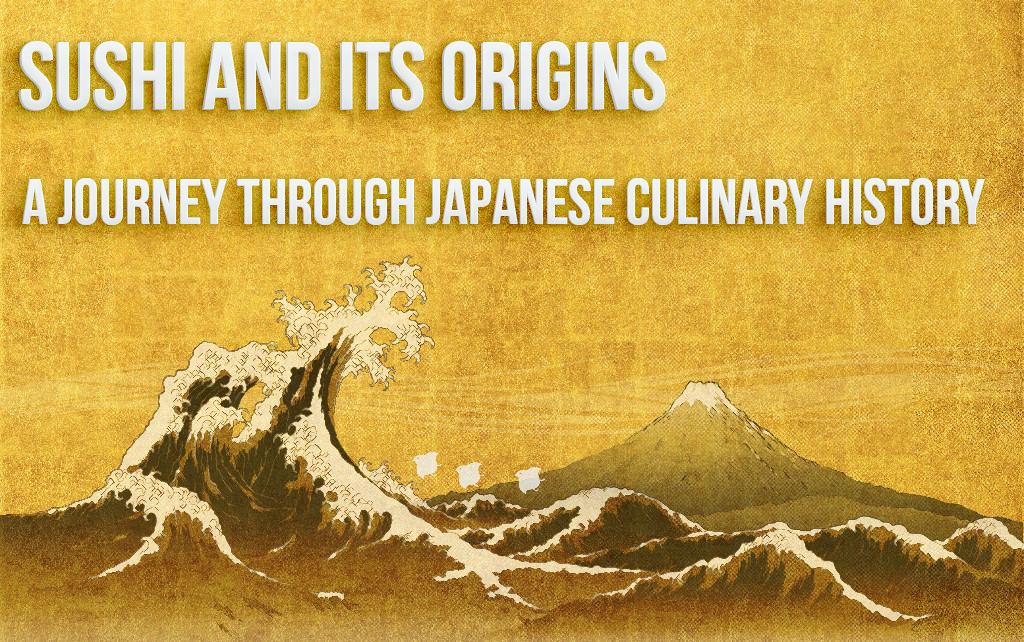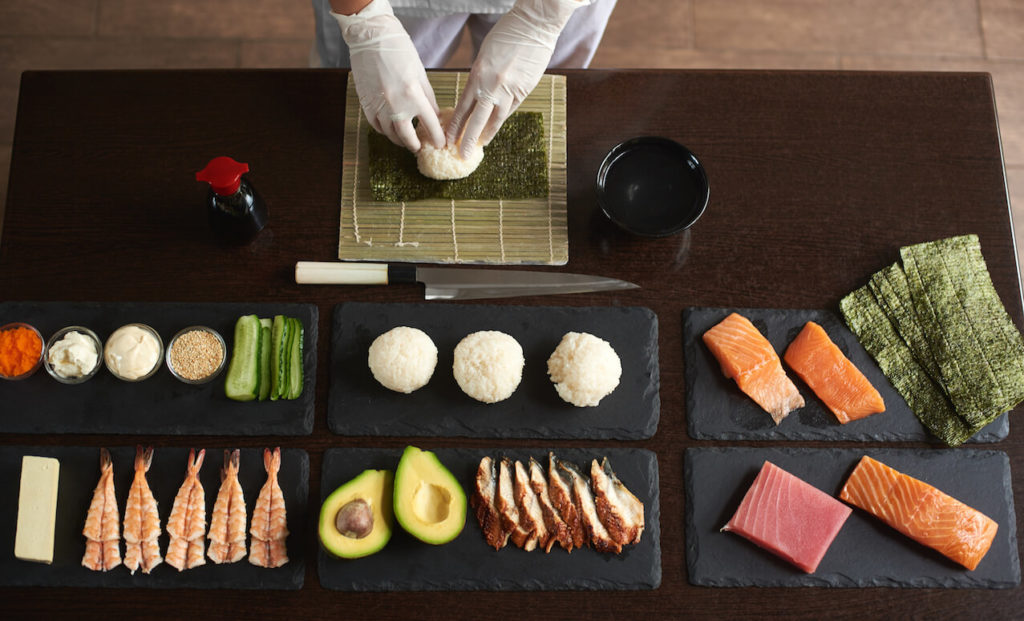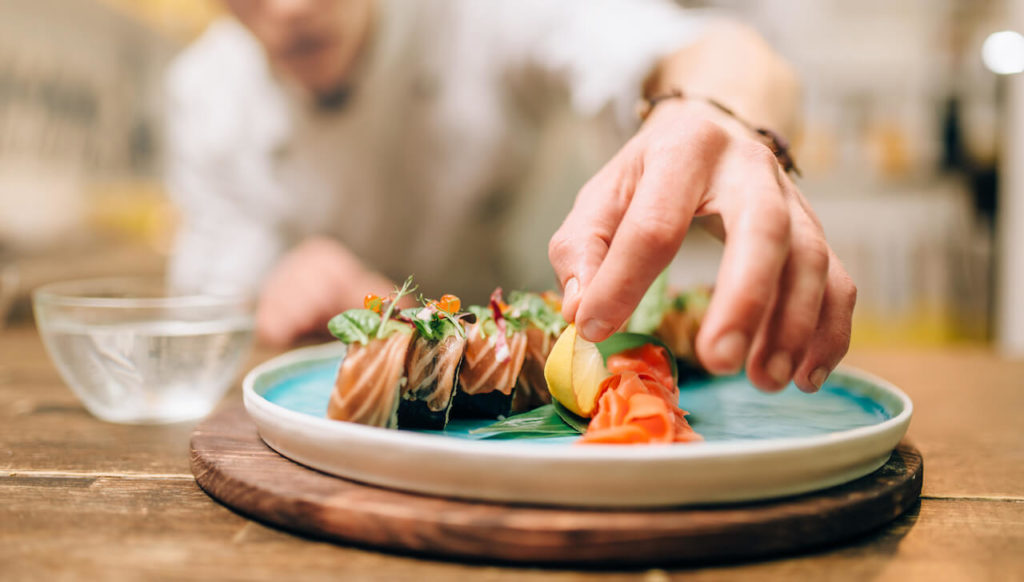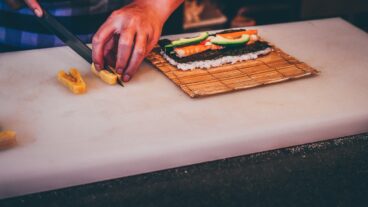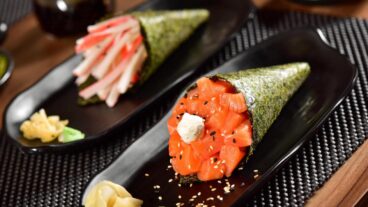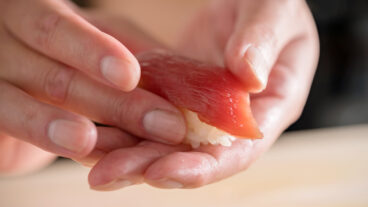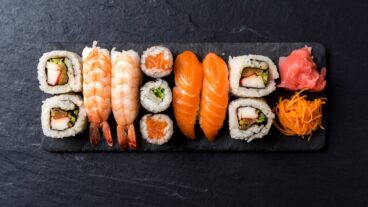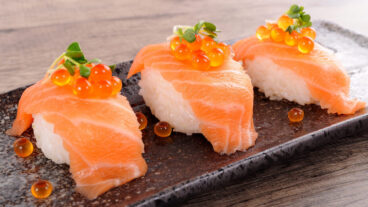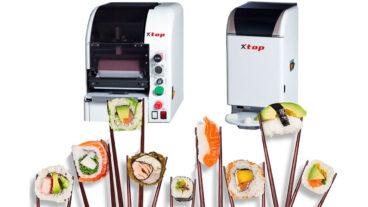Japanese cuisine while rich, vibrant, and humble on its own would not be complete without sushi and its own humble beginnings. Given that over several hundred years, sushi has established itself as a cornerstone of identifying Japanese cuisine, it only follows that we discuss sushi and its origins as well as the process through which it was popularized not only in Japan but all over the world.
If we wish to understand more about what lead to the development of the concept of sushi and how it proliferated itself across not only western civilization but human civilization in general, we have to start from the very basics. For this purpose, we will begin by analyzing the original idea behind the concept of combining rice with fish.
Let us begin sushi origin in 3 minutes!
Quick Navigation
Sushi Origins : Preservation by Combination
In the early Yayoi period [300 BC – 300 AD] rice was fermented with salt and was used in the preservation of raw fish and foods. This type of lacto fermentation allows the fish to be eaten over a longer period. However, back then the fermented rice was throw away instead of being eaten together. Due to the lack of technological and scientific advancement in this age, the population has to rely upon using salt and rice as a means of keeping food preserved for long periods, sometimes even months at a time. This method was widely used throughout South East Asia, until the Muromachi Period [1336-1573]. It was during this time that the idea of eating both the rice and the fish at the same time was popularized. Until this period, the concept of eating fish with rice was not common.
The Evolution of Sushi
Throughout the Muromachi Period, the use of rice with fish was popularized in Japan. This was known as namanare or namanari. This basically involved the consumption of partially raw fish, combined with rice while the fish was still fresh. At this point, rice and salt were no longer just used in preservation but combined with fish as a new dish. This simple concept would later go on to establish itself as one of the most defining features of Japan’s culinary culture.
A few decades later, the Edo Period [1603 – 1868] emerged. This period was characterized by significant political and changes including advancements to socio-economic standards and a general increase in the standard of living of the Japanese population. It was during this period that the namanare sushi evolved into the haya-zushi or fast sushi. This was the first time that rice was not being used with a primary goal being preservation. Instead, the rice was mixed with salt and vinegar and combined with fresh fish so that they may be eaten together.
As time progressed, sushi spread throughout Japan, with each region bringing something new to the table by making their own regional variations combining rice with various fish, vegetables, dried foods, condiments and more. Slowly but surely, through this process, sushi became something that became an integral part of Japanese culture.
Modern day Sushi Origin: The Paradigm Shift
The progress of sushi throughout Japanese culture is a colorful one, one that was brought forth to its current state by several paradigm shifts. These shifts are entrenched in the books of history, not only because of changes in the political order but also due to several shifts in the public ideology, tastes and through the influence of external forces over time.
Expansion of cultural practices across the Mekong River in South East Asia led to the spread of the idea of preserving foods in rice mixed with salt. This point could be referred to as the emergence.
With the Muromachi Period, for the first time, Japan saw an increase in the consumption of rice and fish combined. During this period, the Japanese also started to prefer boiled over steamed rice. But perhaps the most pivotal point would have been the development of rice vinegar in the early nineteenth century. This laid the foundation for the emergence, development, and proliferation of sushi throughout Japan.
As the Edo period began, several political and economic reforms were made including sakoku which was a period in Japan’s history when none of the population was allowed to leave or enter the country. During this period, the country enjoyed a huge increase in the standard of living during which the idea of having three meals a day became commonplace in Japan. It was due to these factors that sushi became more popular throughout the country during this period. While each region focused on bringing a name to themselves by creating their own local variations on sushi, it soon became a part of the Japanese diet. Interested in checking out some unique, local sushi in Japan?? Here is a perfect article all about the different sushi in Japan!
With the end of the Edo period and the influx of western trade routes, sushi became a concept that carried itself over to various parts of the world. And while this was still a tiny fraction of the popularity of sushi today, these events laid the seedlings for what led to sushi becoming a part of the global human culture, just as much as it is a part of Japanese cuisine.
In today’s world, sushi is a unique dish, one that maintains its individuality while being part of the legacy of human culture and development. A testament to the evolution of flavors and the growth of what we call humanity.
Making Your Own
If you wish to make your sushi whether for use at home or for business purposes, we here at Top Sushi have got you covered. With extensive expertise in the field of sushi creation in Japan as well as expert support from experienced Japanese chefs who assist us in perfecting our design, you can rest assured that with our sushi machines, you will be able to experience a truly authentic and delicious flavor. We offer a wide range of different sushi machines and sushi related machines. Feel free to check out our sushi machine product page, we also offer many accessories and other extremely useful machines.
We take pride in knowing that our products have been able to contribute and enhance the businesses of our clients. Whether it be to build new businesses or to expand on currently existing franchises, we have assisted and supposed a multitude of clients over the years to achieve their ambitions. We would love to work with you and assist you in achieving the same.
We are available during work hours on Japan Standard Time. If you wish to reach out to us at another hour on a different timezone, that can also be arranged. Please do not hesitate to contact us and we can help you set up a one on one Skype consultation with our English, Chinese, Spanish or Japanese staff. Allow us to assist you in finding the perfect sushi maker, built for your business.

